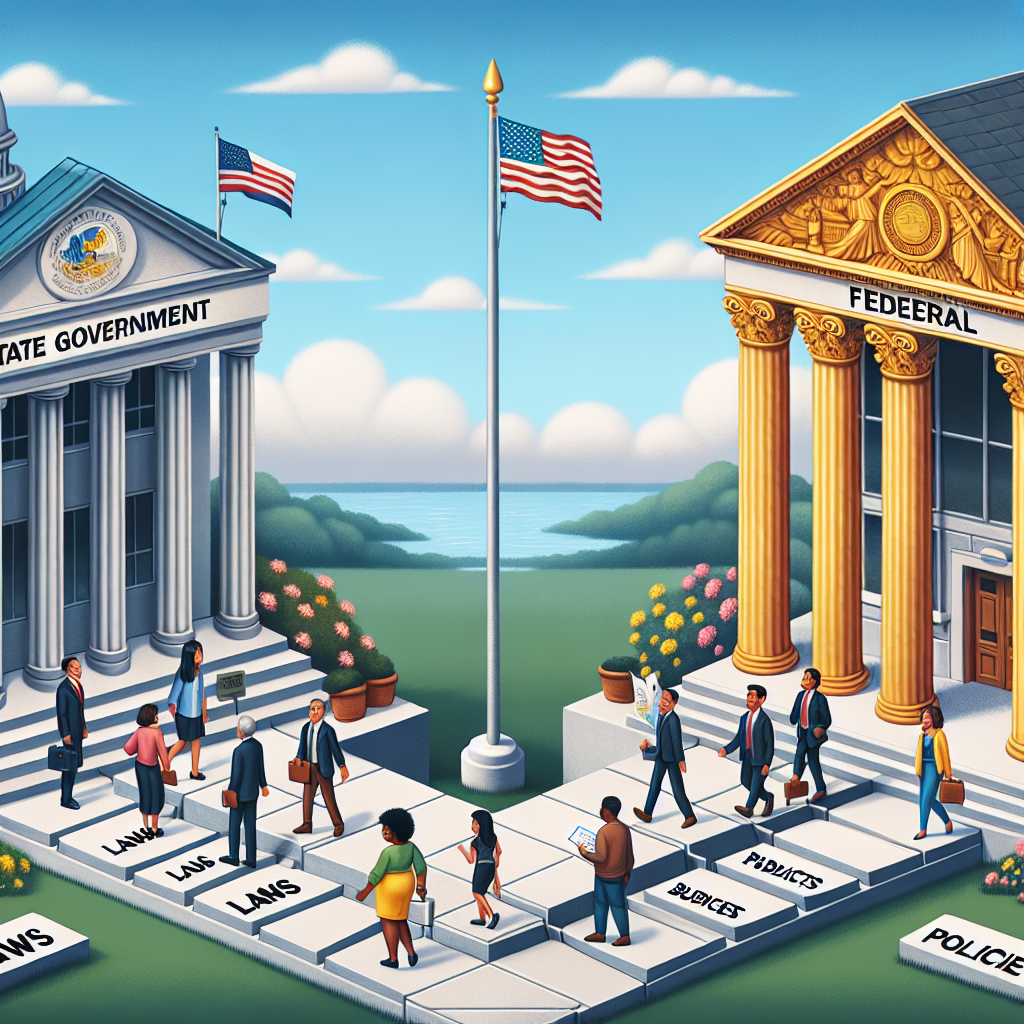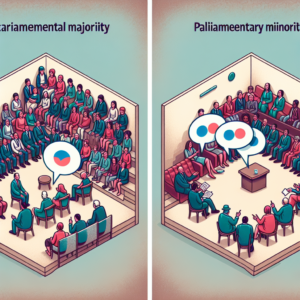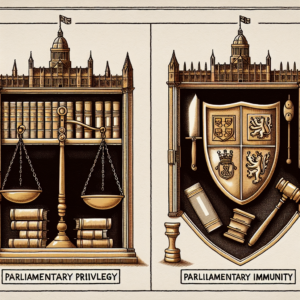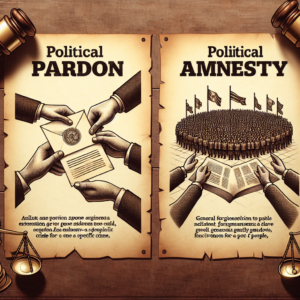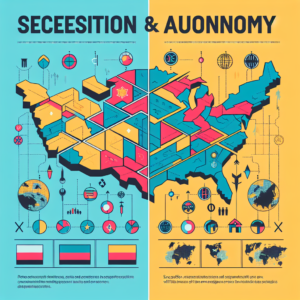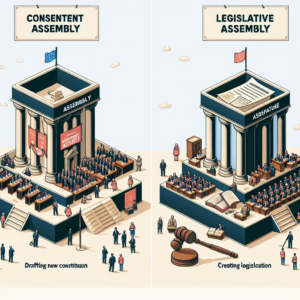Understanding the structure and functioning of the government in the United States involves recognizing the distinction between state and federal levels. Both play essential roles in policy making and governance, but their responsibilities, powers, and methods of operation are significantly different. This article aims to shed light on these differences and help you understand what sets these two levels of government apart.
Understanding the Basics of State and Federal Government
In the United States, the government operates on a federal system, giving certain powers to the state governments while retaining others at the federal level. The federal government, established by the U.S. Constitution, is a system of government where power is divided between a central government and individual states. It has the authority to print money, regulate interstate and international trade, make treaties and conduct foreign policy, declare war, establish post offices, and make laws necessary and proper to carry out these powers.
State governments, on the other hand, have control over matters within their territory. They are charged with maintaining law and order, setting up local governments, regulating intra-state commerce, and directing public health and welfare services. Each state has its own constitution that outlines the structure of its governance, which typically includes an executive branch (headed by the governor), a legislative branch (a bicameral or unicameral state legislature), and a judicial branch (state courts).
Key Differences Between State and Federal Government
What is the difference in the powers that these two levels of government hold? The Constitution provides certain powers solely to the federal government, some only to the states and others to both. For instance, the federal government has the exclusive power to print money, declare war, establish foreign policy, and regulate interstate and international commerce. These powers are not bestowed upon the state governments.
On the other hand, state governments hold powers not granted to the federal government. They can establish local governments, issue licenses, regulate intra-state (within the state) commerce, conduct elections, and ratify amendments to the state’s constitution. Yet, what is the difference in terms of law-making? Federal laws generally supersede state laws due to the supremacy clause in the U.S. Constitution. However, if the federal government does not exercise its power in a certain area, state governments can establish their own regulations.
Lastly, the structure and functions of the two levels of government differ. The federal government operates nationwide and is divided into three branches: executive, legislative, and judicial. Meanwhile, each state has its own government with a similar structure but operates only within its state boundaries.
In conclusion, understanding the difference between state and federal government is crucial in grasping the complexities of the U.S. political system. Both levels of government play vital but distinct roles in the governance of the country. The federal government mainly handles issues of national and international scale, while state governments deal with more local matters. Despite their differences, both are essential for maintaining the balance of power and ensuring the efficient operation of the country’s political structure.

